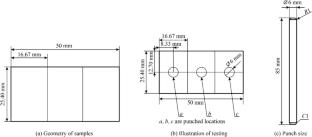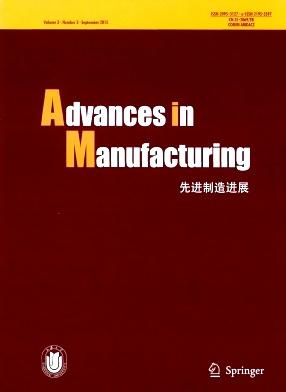Machine learning-based extraction of mechanical properties from multi-fidelity small punch test data
Abstract
The extraction of mechanical properties plays a crucial role in understanding material behavior and predicting performance in various applications. However, the traditional methods for determining these properties often involve complex and time-consuming tests, which may not be practical in certain situations. To address this challenge, we developed a novel machine learning methodology that leveraged multi-fidelity datasets obtained from small punch test (SPT) experiments. SPT is a simple technique in which a localized load is applied to a small specimen, and the resulting deformation is measured. By analyzing the load-displacement data obtained from the SPT, valuable insights into the mechanical properties of the material can be obtained. In this study, we developed a multi-fidelity model capable of predicting the mechanical properties of steel and aluminum alloys. The proposed model considers variations in the material thickness and can effectively predict the mechanical properties of materials with different thicknesses, accommodating practical scenarios in which material samples exhibit varying thicknesses owing to different applications or manufacturing processes. In constructing our model, we synergistically incorporated low-fidelity finite element method (FEM) data and high-fidelity experimental data to predict the material properties. This integration enabled us to optimize and bolster the accuracy of our predictions, thereby facilitating a comprehensive and dependable characterization of the mechanical behavior of the material. By leveraging the advantages of SPT and incorporating multi-fidelity modeling techniques, our approach offers a practical and efficient solution for extracting mechanical properties. The ability to predict the properties of steel and aluminum alloys and materials with varying thicknesses enhances the versatility and applicability of our model in real-world scenarios.


 求助内容:
求助内容: 应助结果提醒方式:
应助结果提醒方式:


